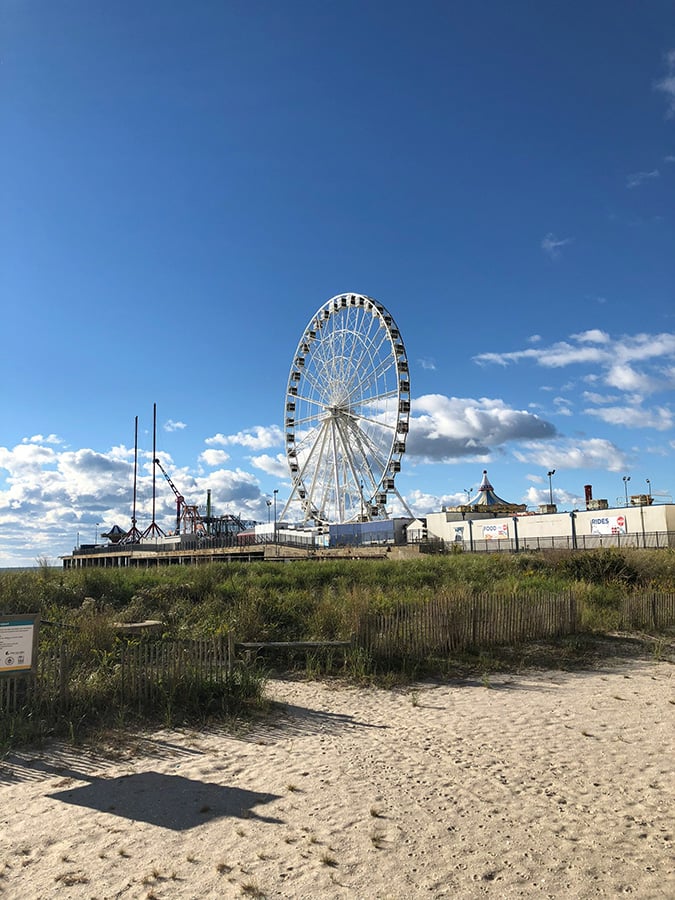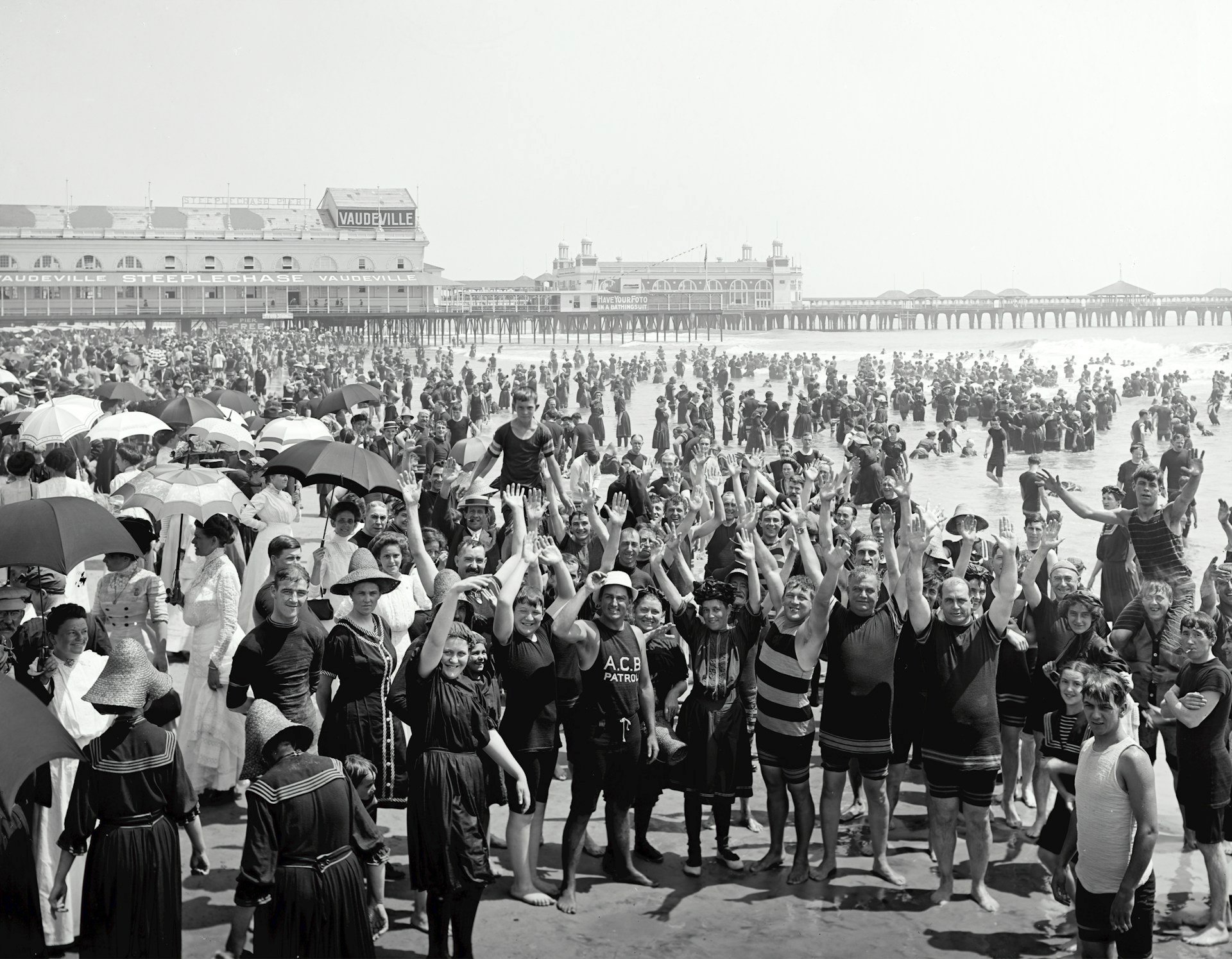Few board games have achieved the iconic status of Monopoly. After emerging in the early 20th century, designed by Charles Darrow and inspired by Lizzie Magie’s Landlord’s Game, Monopoly has since enjoyed cross-generational love from all four corners of the globe.
In fact, the Monopoly board has since been licensed to over 113 nations and printed in over 46 native languages, bringing this fast-moving property trading game to the masses. It’s said that more than 275 million units of Monopoly have been shifted worldwide. This figure was released in 2015, so it’s highly likely that hundreds of thousands more units have been sold since then.
The various modern adaptations of the classic Monopoly board keep the brand alive and kicking. Today, there are Monopoly board games themed on all kinds of things, whether it’s soccer teams, specific towns or cities, or even video games. While the new variants continue to have an impact, there’s something about the original Monopoly board which has a historic allure.
Have you ever wondered about the real-world locations behind the properties on the original Monopoly board? While world-famous spots like Boardwalk and Park Place regularly catch the headlines, there are many underrated destinations deserving of more attention in 2025. Below, we’ll explore some of the hidden gems of the original U.S. Monopoly board and why they’re worth visiting today.
Atlantic Avenue
This area of Atlantic City often goes unnoticed compared to its more glamorous neighbors, but Atlantic Avenue is rich in local culture and heritage. Although it’s a mere mid-tier yellow property on the Monopoly board, it serves as a gateway to some of Atlantic City’s most cherished attractions.
Not least the Atlantic City Boardwalk. Atlantic Avenue is home to many Victorian properties that have been lovingly restored over the years, giving a sneak peek into the area’s past as a high-end seaside destination. In 2025, there’s much going on in the neighborhood too. There are new art installations and galleries within walking distance, as well as live music venues and great dining hotspots to boot.
If you like your steaks, check out the Old Homestead Steakhouse, which is one of the finest steakhouses in America. The Old Homestead Steakhouse is located within Borgata, which is one of the oldest casino resorts in Atlantic City’s world-renowned gaming district. It’s an area that’s often underpinned Atlantic City from an economic perspective, with its casino resorts driving the area’s tourism industry. There’s been a drop-off in visitor numbers in recent years, driven largely by the rise of licensed online alternatives. For instance, online poker rooms now make it easier to learn how to play poker at home on any device. Players get access to basic hand rankings and rules as they play, making it possible to use them as a guide while they dip their toes into the world of popular poker formats like Texas Hold’em and Omaha.
St. James Place
St. James Place is yet another mid-tier property on the original U.S. Monopoly board. This orange property has often been overlooked in real life but it has deep historical significance as one of Atlantic City’s first avenues. If you’re looking for a less commercialized view of Atlantic City, St. James Place is a great place to start.
It’s close to the Boardwalk, giving you access to the beach while retaining a laid-back, tranquil vibe. St. James Place is lined with quintessential inns and guesthouses, each offering its own cozy, personal touches. St. James Place also benefits from proximity to the regeneration of the Boardwalk area, meaning that you’re in touching distance of new craft breweries, restaurants, and community-led events.
Mediterranean Avenue
Mediterranean Avenue is one of the cheapest locations on the original U.S. Monopoly board, but this purple property has plenty going for it in the present day. Positioned on the northern tip of Atlantic City, Mediterranean Avenue is a blend of architectural styles that allude to the area’s multicultural communities and influences.
There are now plenty of local art galleries and cultural centers to explore. In fact, it’s now the hub of the city’s grassroots arts movement, turbocharged by the Atlantic City Arts Foundation. Pop-up galleries and public art installations are rearing their head, bringing 21st-century flair to these historic streets. It’s the ideal area to visit if you want to get under the skin of the city’s fast-changing creative scene.
This trio of locations from the original U.S. Monopoly board is a symbol of Atlantic City’s continued resilience and modern-day renaissance. Showcasing a fusion of history, culture, and 21st-century innovation, these areas have plenty to offer. Whether it’s catching some local art, indulging in authentic local food, or kicking back and sampling the quieter side of life in Atlantic City, these untapped destinations are a reminder that the more rewarding experiences often occur where you least expect them.






